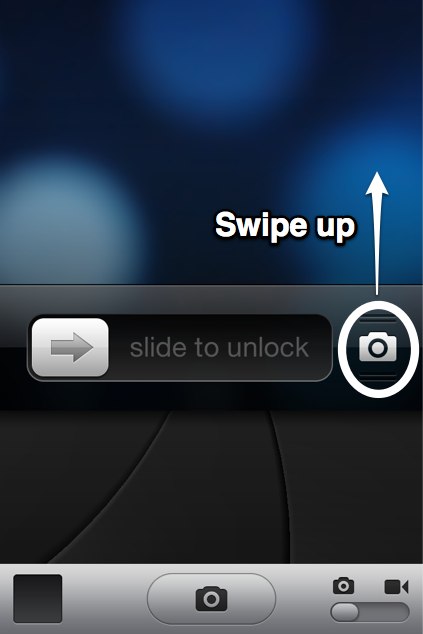Apple iOS 14.2.1 has been released and it contains important fixes for two serious iPhone problems which clouded the otherwise relatively bug-free iOS 14.2 update.So does iOS 14.2.1 fix more. Click on Download and Update. This will download the update to your computer, and apply it to your iOS device. This process may take a while, and you can monitor the progress of the update on your device's screen. Click the Apple menu and select 'App Store.' The Apple menu is in the upper-left corner of the screen. Mac multi os. You can now use the App Store to check for the latest versions of your App Store apps, as well as install any security and stability updates for OS X. My mac is stuck on OS X Yosemite 10.10.5 and won't update past that, no updates on app store no nothing, I recently bought an iPhone x and iTunes won't let me sync my old iphone back up because it needs an update which i cannot get, its frustrating me, I don't know what to do anymore, I've looked everywhere on the internet and can't find a solution.
What Should do Before Upgrading to macOS Big Sur?
Although the every new macOS upgrade comes with certain exciting features, you need to know if your Mac computer can safely be updated (take Big Sur as an example). If you pay no attention to the details, macOS Big Sur update problems come with you for sure, probably your Mac update stuck or Mac failed update won't boot. Here are some of the things that you should look for before you upgrade to the new update.


Ios Update Macbook Pro
1.Check compatibility. Big Sur requires any of the following Mac models: iMac; MacBook Pro; MacBook Air; MacBook; Mac Pro; Mac Mini.
2.Check minimum software and hardware requirements. You should have OS X Mountain Lion 10.8 or later. It requires at least 35.5GB of storage space to perform the Big Sur upgrade from macOS Sierra or later, 44.5GB from an earlier release.
3.Backup your Mac. To avoid any possible macOS Big Sur update problems, making a backup of your Mac comes essential. You can backup Mac with Time Backup Machine, iCloud, iTunes, or any other third-party Mac backup tools like MacX MediaTrans.
